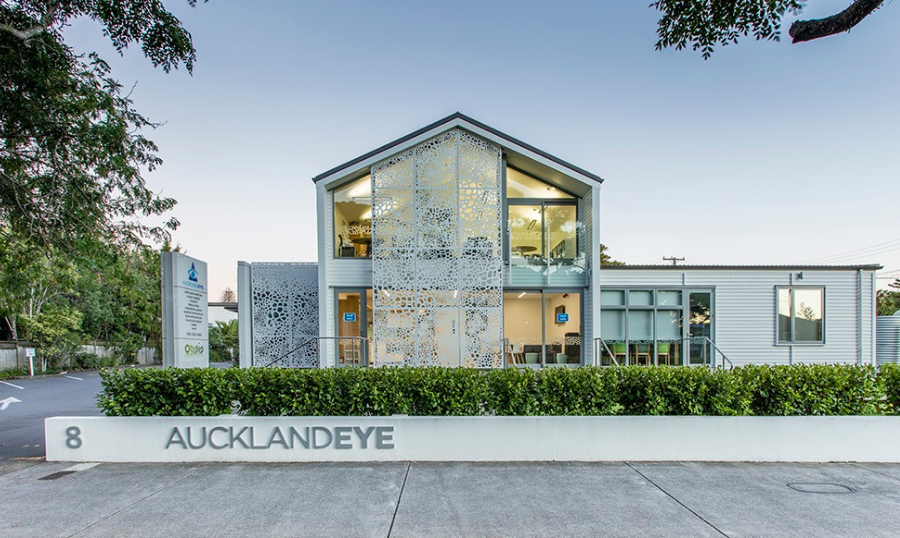What Is the Right Age for Laser Eye Surgery?
Understanding how age affects eligibility and the best option for you.

Amblyopia (or lazy eye) is the most common cause of poor vision in children. Amblyopia occurs because the part of the brain that deals with vision for that eye has failed to develop normally.
The most common problem is poor focusing due to myopia (near-sightedness), hyperopia (far-sightedness), or astigmatism (irregularity of the focus).
Strabismus or squints will sometimes cause amblyopia. If, for example, there is an in-turning of the eye, and it is always the same eye that turns in, then this eye will become amblyopic.
Anything that interrupts the passage of light into the eye, such as a scar on the cornea (surface of the eye), a cataract (an opaque lens in the eye), or a very droopy eyelid can lead to amblyopia.
Treating amblyopia relies on making a child use the poorer eye in order to build the vision up again. Patching is the mainstay of amblyopia treatment. Amblyopia treatment only treats the vision and does not make a turned eye become straight.
Patching:
Patching or covering the good eye is the mainstay of amblyopia treatment. Patching can be done fulltime with the patch worn all day every day for a set period or it can be done part time for a certain number of hours a day, depending on the degree of amblyopia. It is easier to treat amblyopia successfully if the treatment is started while the child is young. Beyond the age of five years it becomes increasingly difficult to reverse amblyopia. Beyond seven years it is particularly difficult.
Patching is very hard work for both parents and children. Most children, even in infancy, object to the patch.
Alternative treatments for Amblyopia
Eye drops:
Atropine eye drops can be instilled on a regular basis into the good eye to blur the vision. The drops can be used on their own or in conjunction with glasses and patching. These drops act by relaxing the focusing system of the eye. They also dilate the pupil and can make the eye light sensitive. These drops will work only for certain degrees of amblyopia as they rely on blurring the good eye enough to make it worse than the amblyopic one. The drops can be given every day or just twice a week depending on your child’s eyesight.
Don’t give up too soon:
If the treatment is proving impossible then it is reasonable to have some time out for a few weeks before trying again. As long as the child is still young there should be time to reverse the amblyopia. There are occasionally times when amblyopia treatment doesn’t work and you may have to accept that one eye will always be poorer than the other, but it is always reassuring to know that you have done everything possible to treat it.


Understanding how age affects eligibility and the best option for you.

Auckland Eye offers expert eye care across eight convenient locations, making specialist treatment accessible wherever you are in New Zealand.

What to expect and how to heal smoothly